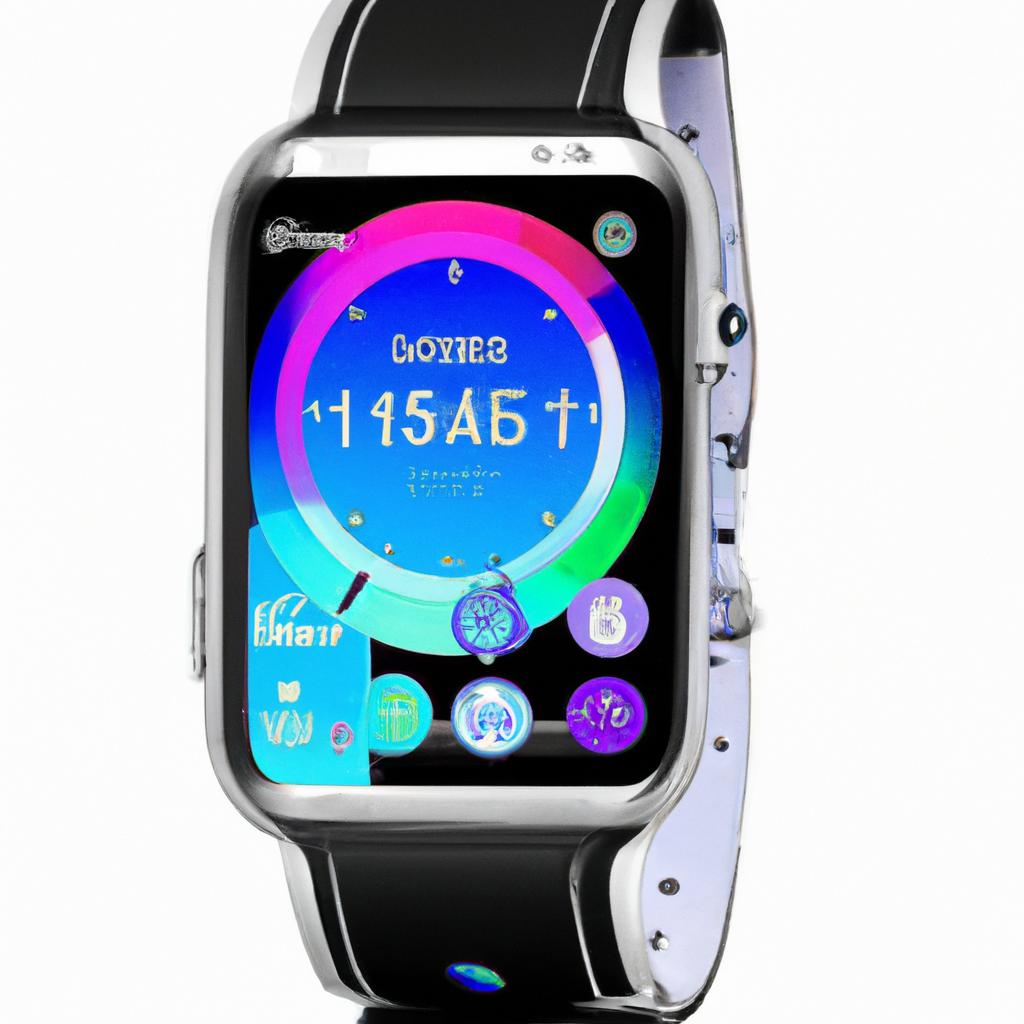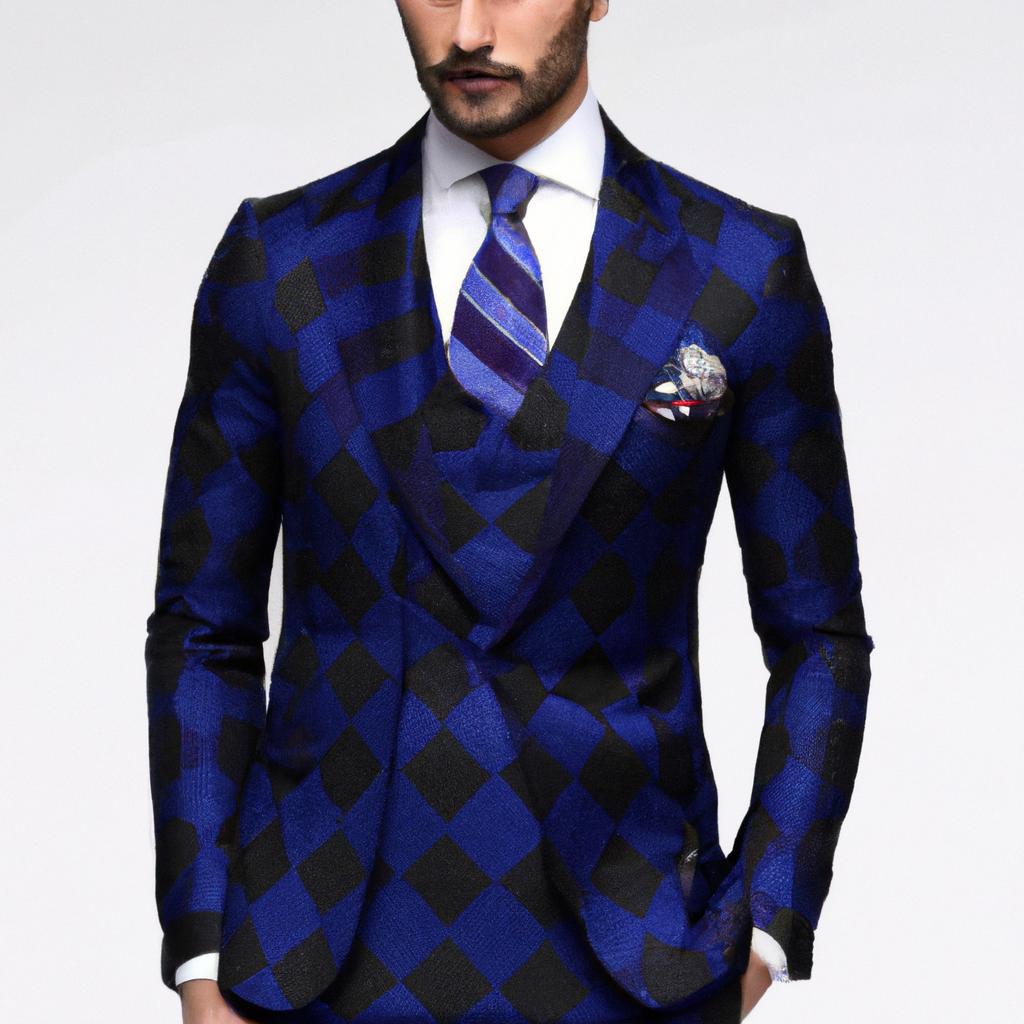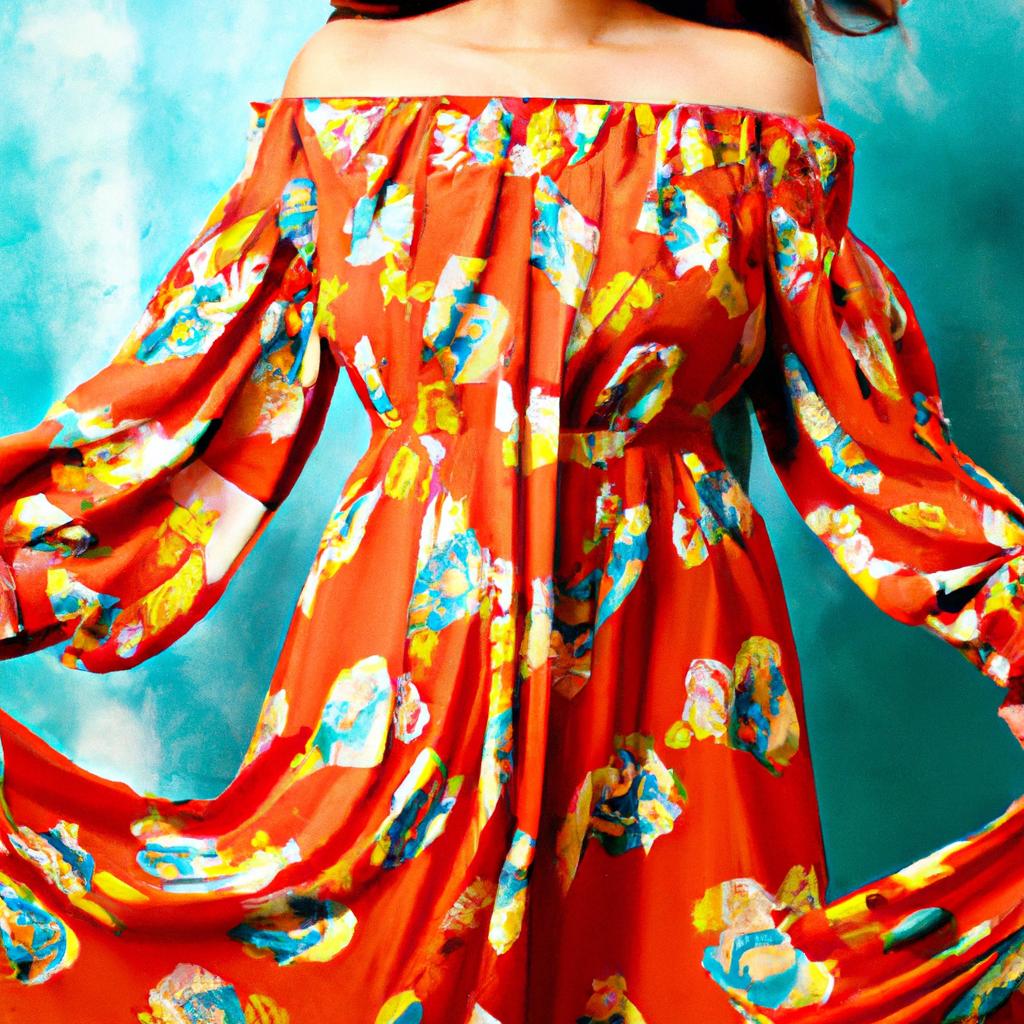
Introduction to Global Fashion Trends
The world of fashion is constantly evolving, with styles and trends changing faster than ever before. And while fashion has traditionally been associated with certain countries or regions, today’s globalized world has blurred those boundaries. This has given rise to the concept of global fashion trends – styles that transcend borders and become popular all around the world.
Global fashion trends are not just about what’s on the runway or in fashion magazines. They reflect the preferences and choices of people from different cultures, backgrounds, and countries. From clothing and accessories to makeup and hairstyles, global fashion trends are a reflection of our society and its constant evolution.
But why are global fashion trends important? In today’s interconnected world, where people can easily access information and influences from all over the globe, understanding and keeping up with global fashion trends is crucial for everyone – whether you’re a fashion enthusiast, a consumer, or part of the fashion industry. It allows us to appreciate and celebrate diversity, learn about different cultures, and express ourselves in unique ways.
Different Regions’ Fashion Trends
Fashion is a global industry, and trends are constantly evolving and spreading around the world. Let’s take a look at the current fashion trends in various regions, from the chic streets of Europe to the colorful markets of Africa.
- Europe: Known for its high fashion and luxury brands, Europe is always on the cutting edge of fashion. Currently, we are seeing a rise in minimalist and sustainable fashion, as well as a fusion of traditional and modern styles.
- Asia: With its diverse cultures and influences, Asia’s fashion trends are just as varied. From the traditional styles of Japan and Korea to the vibrant streetwear of China and Thailand, the region is a melting pot of fashion trends. Currently, oversized silhouettes and bold prints are popular across Asia.
- Africa: With its rich heritage and vibrant colors, African fashion is gaining more recognition globally. Traditional prints and patterns are being incorporated into modern designs, and sustainable and ethical fashion practices are also on the rise.
- North America: The United States and Canada have a dominant influence on global fashion trends, with cities like New York and Los Angeles leading the way. Streetwear and athleisure continue to dominate the scene, with a focus on comfort and functionality.
- South America: Latin American countries have a strong presence in the fashion world, with their bright and bold styles. Currently, we are seeing a mix of bohemian and urban influences, as well as a celebration of indigenous textiles and designs.
- Oceania: Australia and New Zealand may be geographically isolated, but their fashion trends are still very much connected to the rest of the world. Local designers are gaining global recognition for their innovative and sustainable designs, incorporating elements of nature and indigenous cultures into their collections.
Cultural Influences on Fashion
Fashion is often seen as a reflection of cultural values and traditions, and this is especially evident in global fashion trends. Different regions of the world have their own unique cultural influences that shape the way people dress and express themselves through fashion.
- Europe: Known for its high-end designer fashion, Europe is home to iconic fashion cities such as Paris and Milan. The fashion trends here are heavily influenced by history, architecture, and art, resulting in elegant and sophisticated styles.
- Asia: With a rich diversity of cultures and traditions, Asia’s fashion trends vary greatly across different countries. From the vibrant and colorful prints of India to the minimalist and sleek designs of Japan, Asian fashion reflects the values and aesthetics of each culture.
- Africa: African fashion embraces bold and vibrant colors, intricate prints, and traditional fabrics such as kente and ankara. Many designers in Africa draw inspiration from their cultural heritage and incorporate it into contemporary fashion.
- North America: Home to global fashion capitals like New York and Los Angeles, North America is heavily influenced by celebrity and pop culture. The fashion trends here are constantly evolving, driven by the desire for individuality and self-expression.
- South America: South American fashion is a melting pot of indigenous and colonial influences, resulting in unique and colorful styles. Folklore and traditional costumes also play a significant role in shaping fashion in this region.
- Oceania: The countries of Oceania, including Australia and New Zealand, are known for embracing laid-back and casual fashion. Influenced by the beach lifestyle, fashion in this region often features relaxed silhouettes and natural materials.
Overall, cultural traditions and values play a significant role in shaping fashion trends around the world. They add diversity and richness to global fashion, making it an exciting and ever-changing landscape.
Technology and Globalization’s Impact on Fashion Trends
In today’s interconnected world, technology and globalization have significantly impacted the spread of fashion trends. Advancements in technology have made it easier for people to access and share information, breaking down geographical barriers and allowing fashion trends to spread rapidly across the world.
Social media platforms, online shopping, and fashion websites have played a crucial role in this process. People can now easily follow and be influenced by fashion bloggers, influencers, and celebrities from different countries, leading to a more globalized and diverse fashion landscape.
Moreover, the rise of fast fashion has been largely driven by technology and globalization. With the ability to quickly produce and distribute clothing at a lower cost, fashion companies can keep up with the constantly changing trends and cater to a wider audience. This has also contributed to the homogenization of global fashion, with similar styles and clothing options available worldwide.
On the other hand, globalization has also brought attention to traditional and cultural fashion styles from different regions. With greater exposure and appreciation for diversity, there has been an increase in the popularity and incorporation of cultural influences in global fashion trends.
However, while technology and globalization have undoubtedly expanded the reach of fashion trends, it has also led to concerns about cultural appropriation and exploitation. The fast-paced nature of the industry and the pressure to constantly create new trends has resulted in issues such as overproduction and poor working conditions for garment workers in developing countries.
As consumers become more aware and demand transparency and ethical practices from the fashion industry, there has been a growing movement towards sustainable and ethical fashion. This has challenged the traditional notion of constantly changing trends and promoted a more mindful and responsible approach to fashion.
In conclusion, technology and globalization have had a significant impact on the evolution and spread of global fashion trends. While it has brought convenience and diversity, it has also raised important questions about cultural sensitivity and ethical responsibility. As we continue to see advancements in technology and a more interconnected world, it will be interesting to see how these factors continue to shape the ever-changing world of fashion.
Sustainability and Ethical Fashion
In recent years, there has been a growing awareness and concern for the impact of the fashion industry on the environment and society. This has led to a rise in demand for sustainable and ethical fashion practices.
The concept of sustainability in fashion refers to the use of environmentally friendly materials and processes, as well as promoting fair labor practices and reducing waste and pollution. Ethical fashion, on the other hand, focuses on ensuring that workers involved in the production of clothing are treated fairly and paid a fair wage.
These values have become increasingly important to consumers, especially the younger generations, who are more conscious about the social and environmental footprint of their purchases. As a result, many fashion brands have started incorporating sustainability and ethical practices into their operations and designs.
One way this is reflected in global fashion trends is through the rise of “slow fashion,” which encourages consumers to buy higher quality, long-lasting pieces instead of constantly buying into fast-fashion trends. This not only reduces waste but also supports ethical labor practices in the supply chain.
Other popular sustainable and ethical fashion trends include upcycling, where old or unused clothing is repurposed into something new, and the use of eco-friendly materials such as organic cotton, bamboo, and recycled fabrics.
Furthermore, global fashion events, such as Fashion Revolution Week, have shed light on the importance of transparency and accountability in the fashion industry. This has led to an increase in consumer demand for brands to provide information on their supply chain and production processes.
In conclusion, sustainability and ethical fashion practices are becoming essential factors in shaping global fashion trends. As consumers continue to prioritize these values, it is likely that we will see more brands embracing these practices and leading the way towards a more sustainable and ethical fashion industry.
Conclusion: Global Fashion Trends Summary and Future Predictions
In today’s interconnected world, fashion trends are no longer limited to one region or culture. They have become global phenomena, shaped by various factors such as culture, technology, and ethics. By exploring the different regions’ fashion trends, we can see the diversity and beauty of fashion around the world.
Cultural influences play a significant role in shaping fashion trends, from traditional garments to modern interpretations. Each region has its unique traditions and values, which are reflected in their fashion choices. This is what makes global fashion trends so interesting and dynamic.
Advancements in technology and increasing globalization have made it easier for fashion trends to spread globally. Social media platforms and fast fashion retailers have made it possible for people all over the world to access the latest trends instantly. This has also led to the mixing and blending of diverse styles, resulting in unique and innovative fashion statements.
However, with this rapid spread and consumption of fashion, there is a growing awareness and demand for sustainability and ethical practices in the industry. People are becoming more conscious of where their clothes come from and the impact of their choices on the environment and workers’ rights. As a result, we are seeing a shift towards more sustainable and ethical fashion choices, which will undoubtedly shape future fashion trends around the world.
In conclusion, global fashion trends are a reflection of our ever-changing world, influenced by culture, technology, and ethical considerations. As we continue to evolve and progress, so will fashion trends. What’s hot around the world today may not be tomorrow, but one thing is for sure, fashion will always be an expression of creativity and individuality.
So keep embracing your unique style and stay tuned for the exciting fashion trends that are yet to come!
comments: 0


 Revolutionizing Fashion: How Technology is Shaping the Industry Today
Revolutionizing Fashion: How Technology is Shaping the Industry Today  Revolutionizing Fashion by 2024: A Look into the Future of the Industry
Revolutionizing Fashion by 2024: A Look into the Future of the Industry  Transform Your Home with the Hottest Heating Options from BestHeating
Transform Your Home with the Hottest Heating Options from BestHeating  Step up your style game: 5 must-try innovative fashion trends
Step up your style game: 5 must-try innovative fashion trends  Stay Ahead of the Fashion Game: The Latest Trends in Menswear Design
Stay Ahead of the Fashion Game: The Latest Trends in Menswear Design  Dress to Impress: The Must-Know Colors and Patterns of the Season for a Chic Wardrobe Update! #fashion #trends
Dress to Impress: The Must-Know Colors and Patterns of the Season for a Chic Wardrobe Update! #fashion #trends  Cruising in Style with CarmelLimo: Because You Deserve to Feel Fancy
Cruising in Style with CarmelLimo: Because You Deserve to Feel Fancy  Dress to Impress: Essential Menswear for Every Weather Condition
Dress to Impress: Essential Menswear for Every Weather Condition